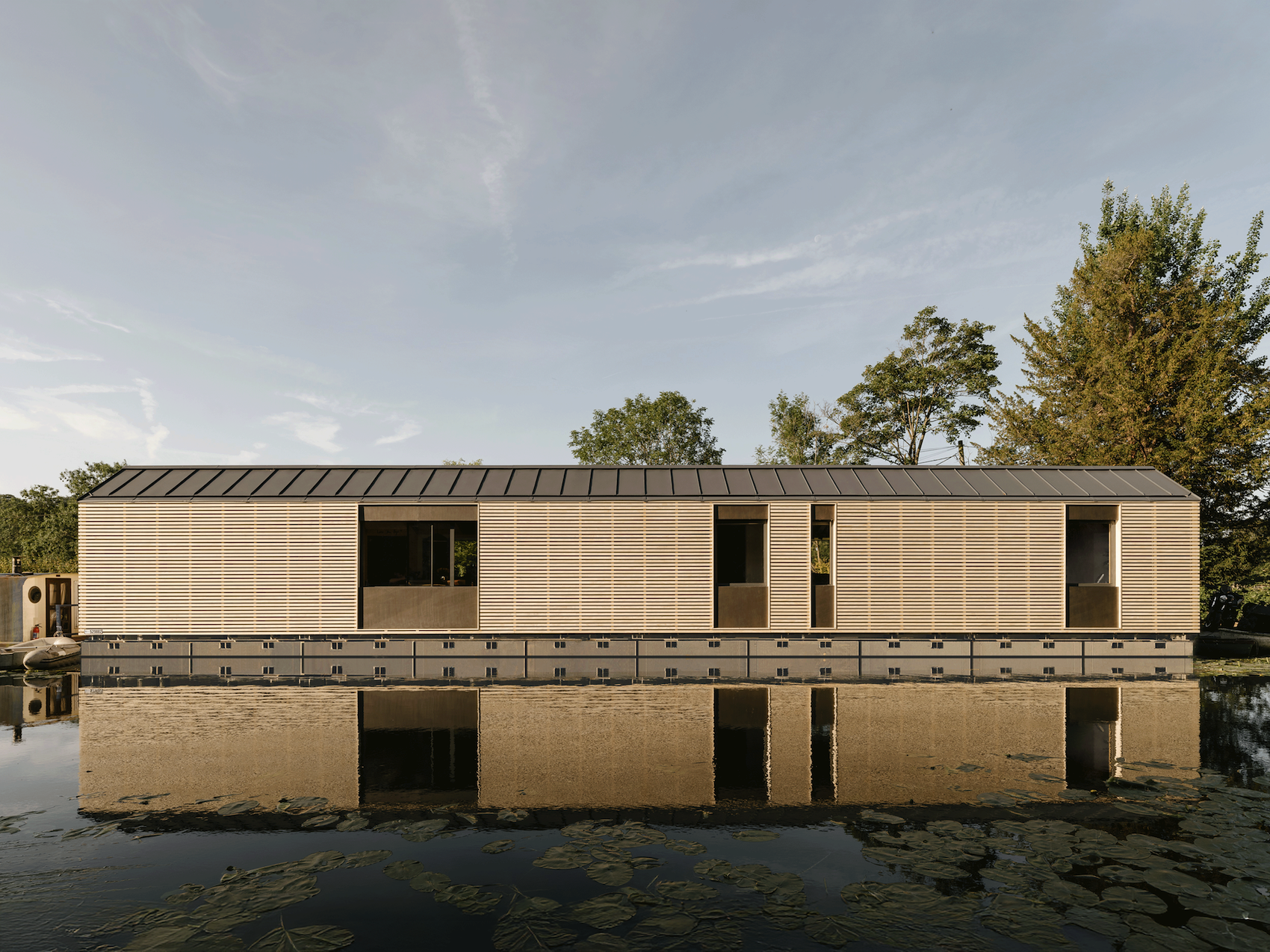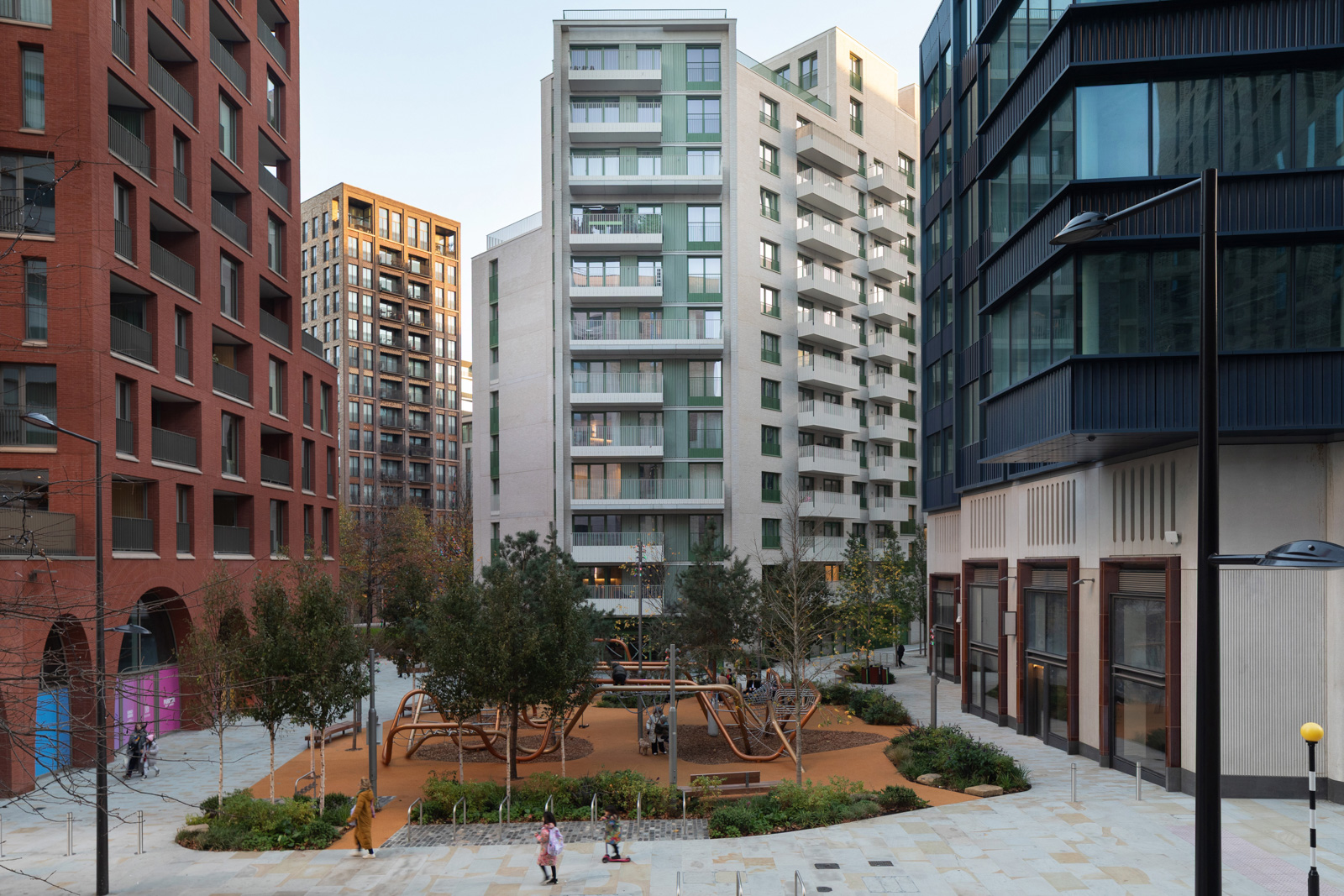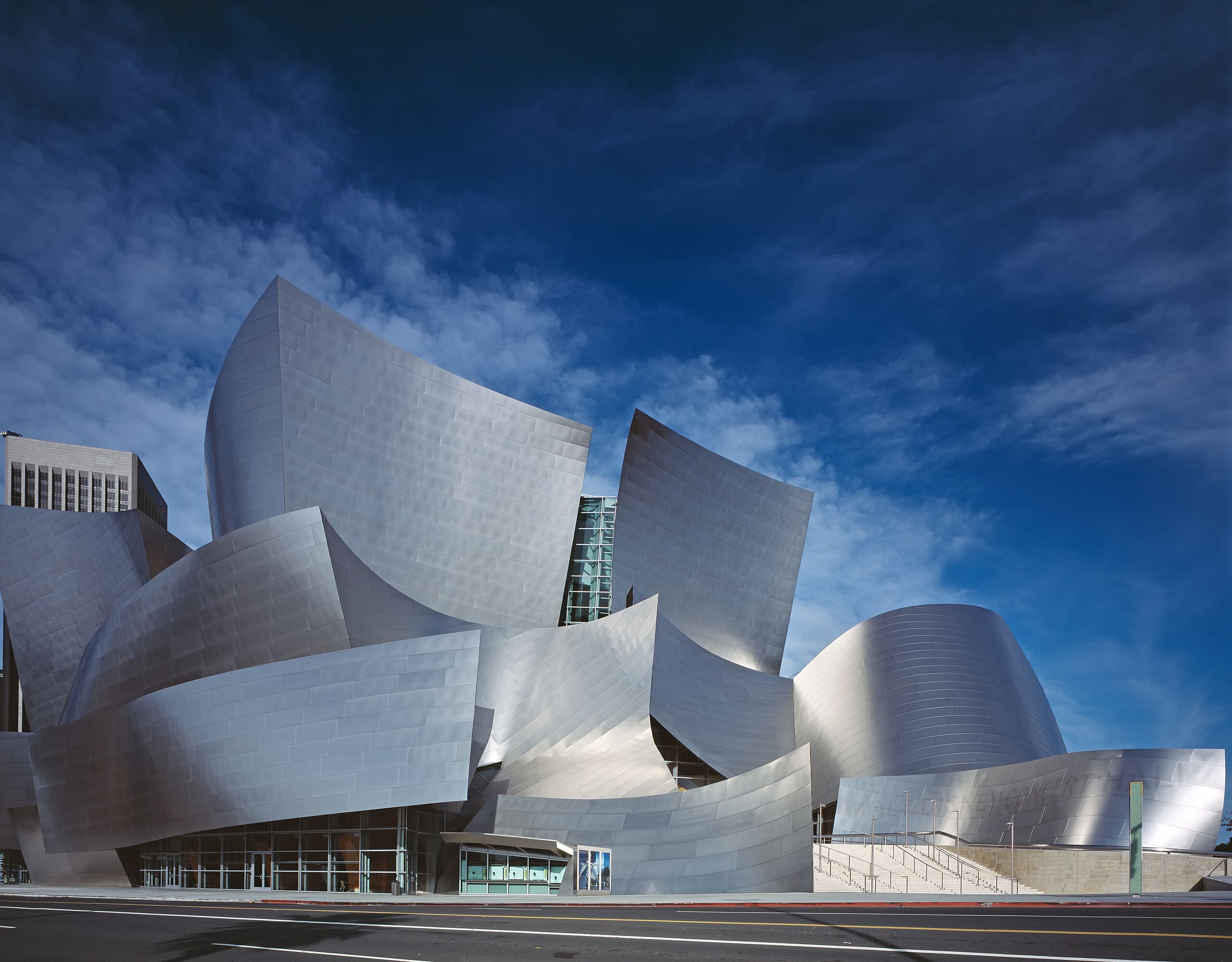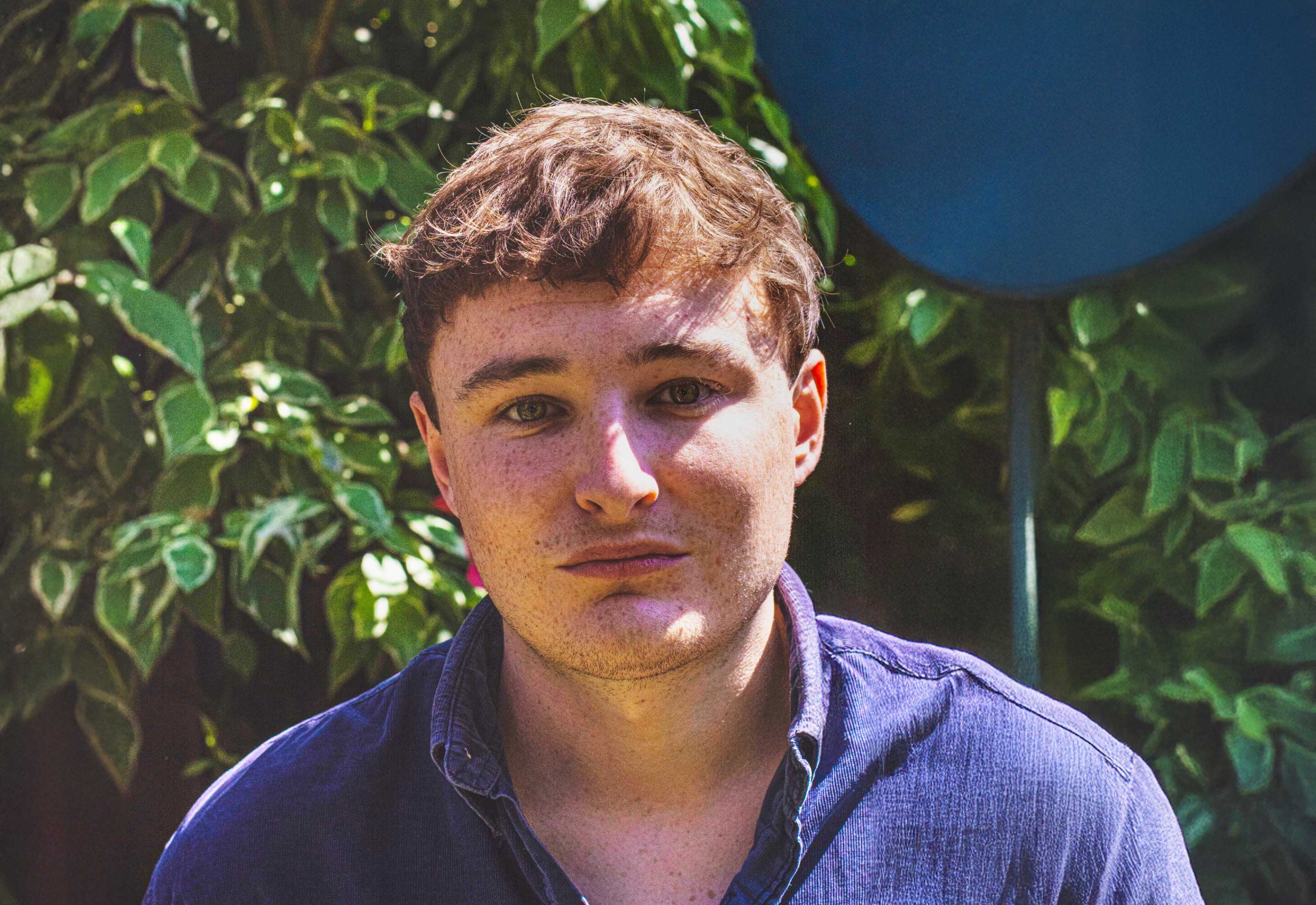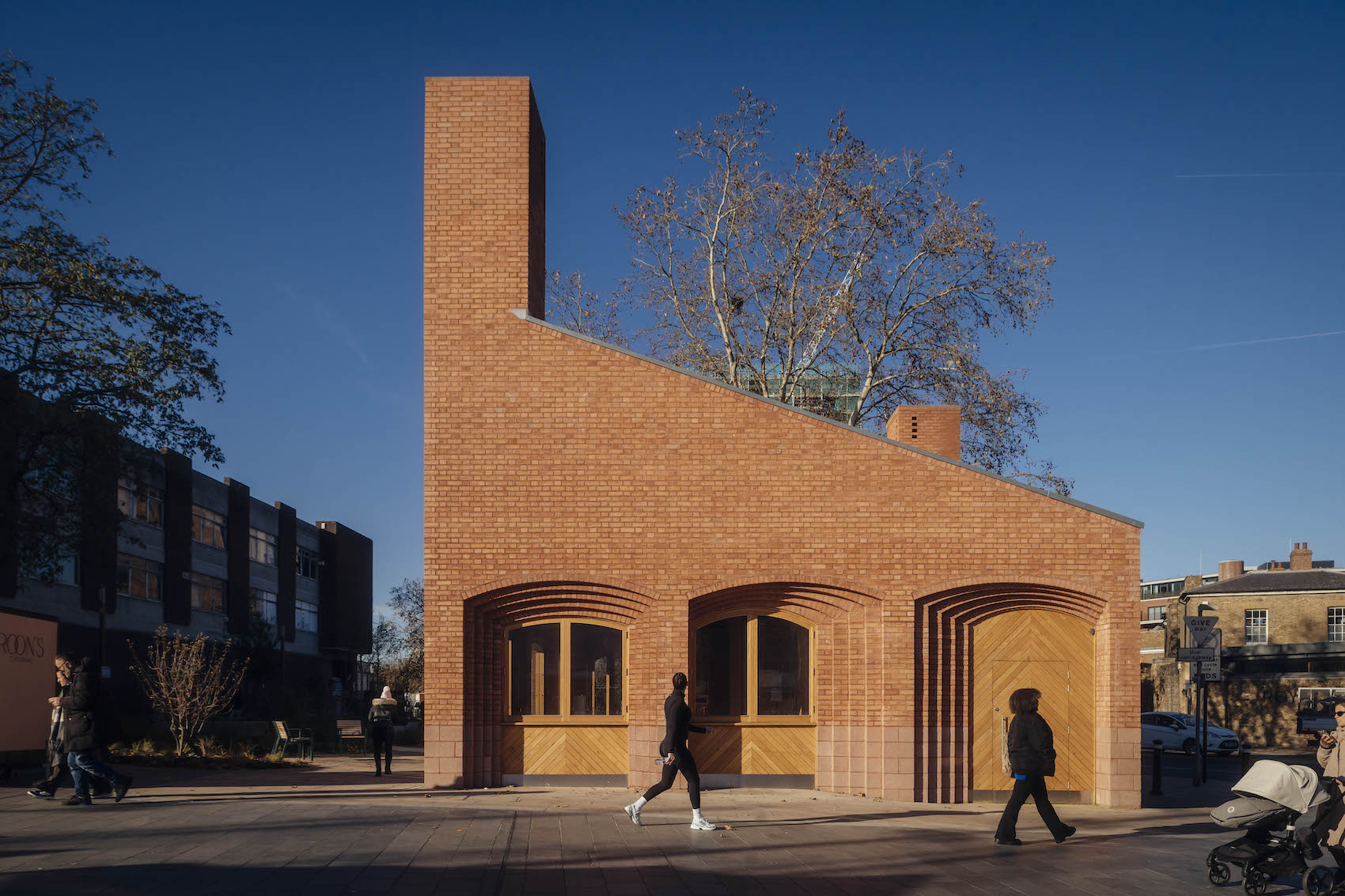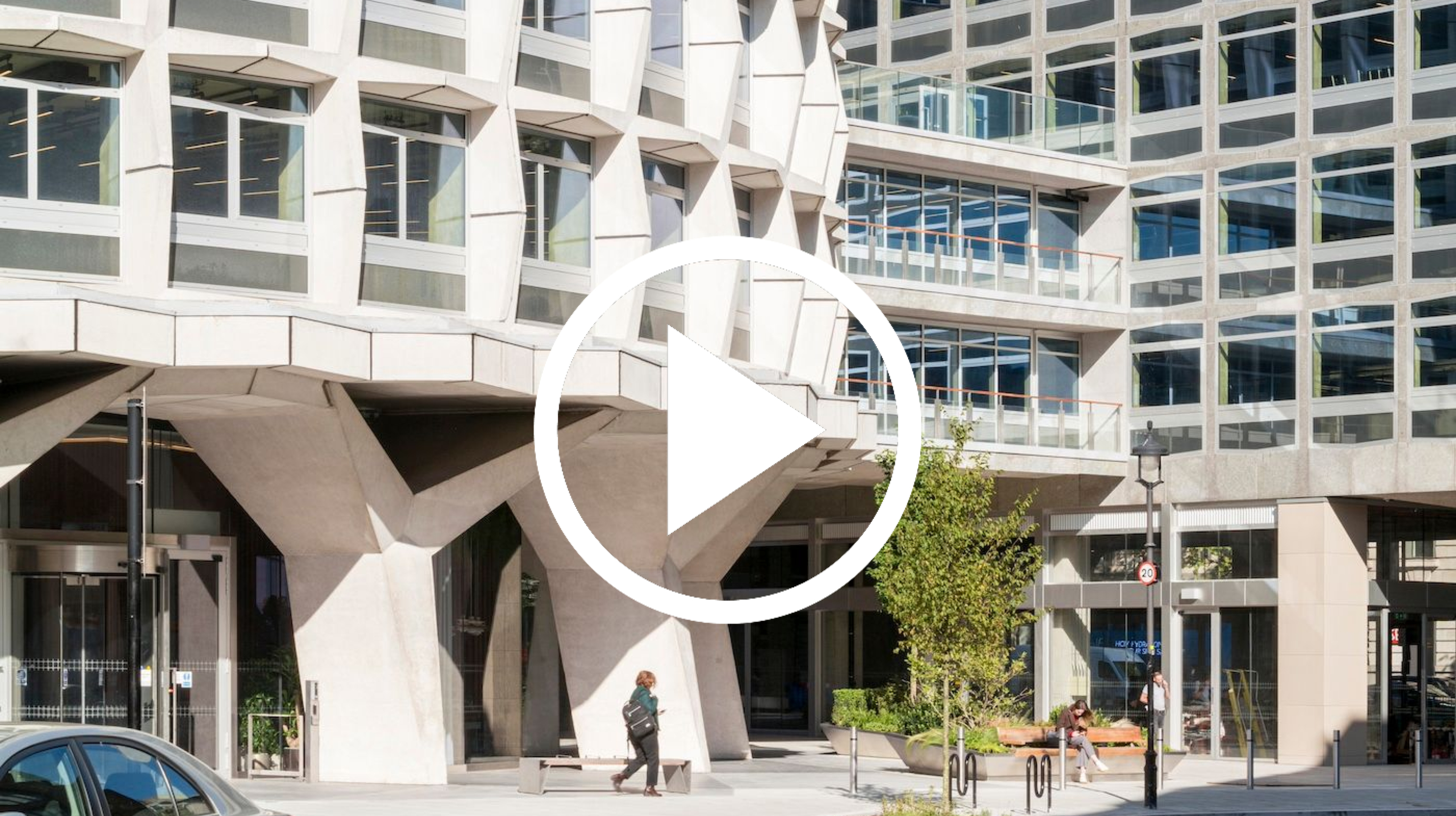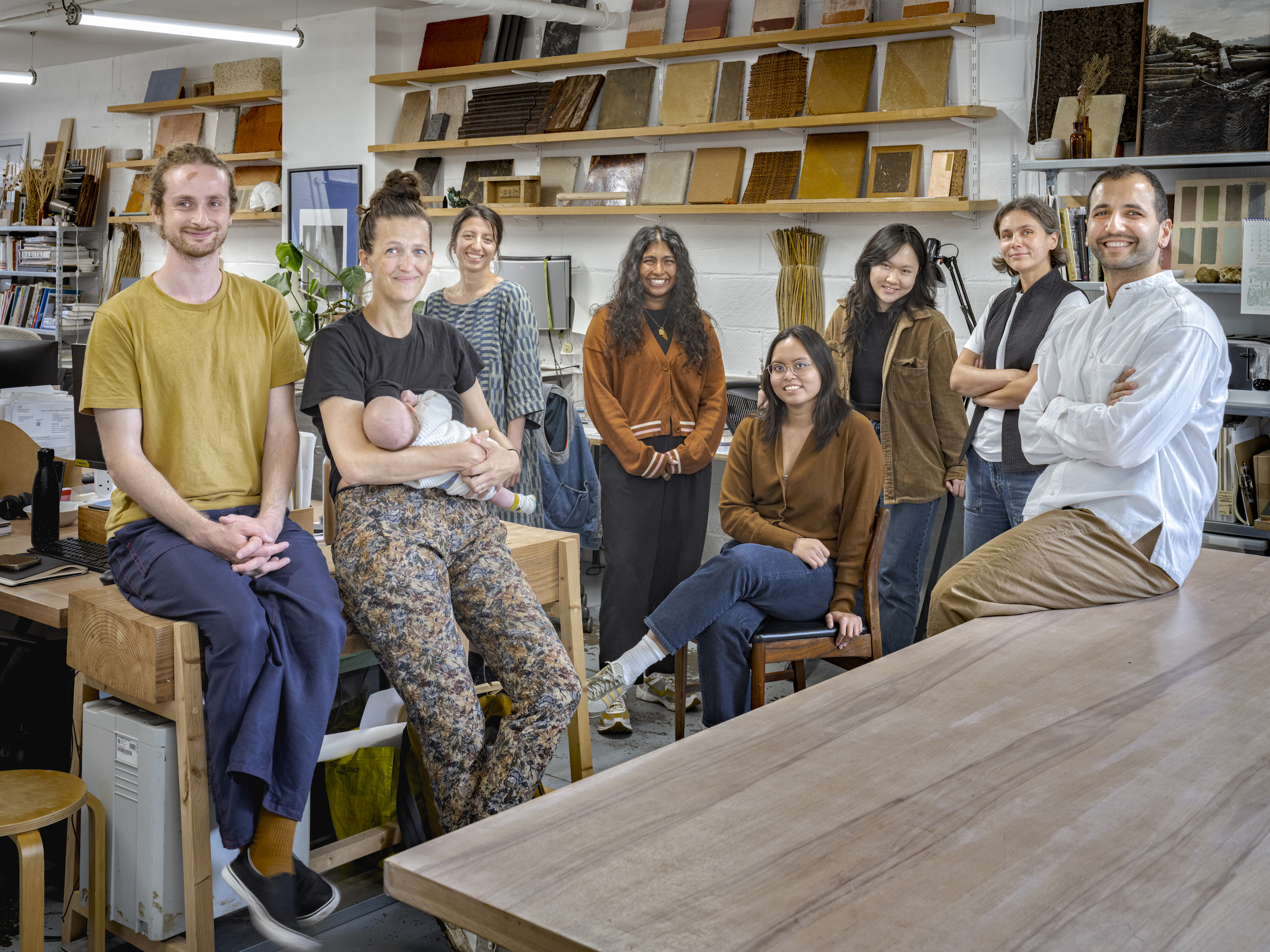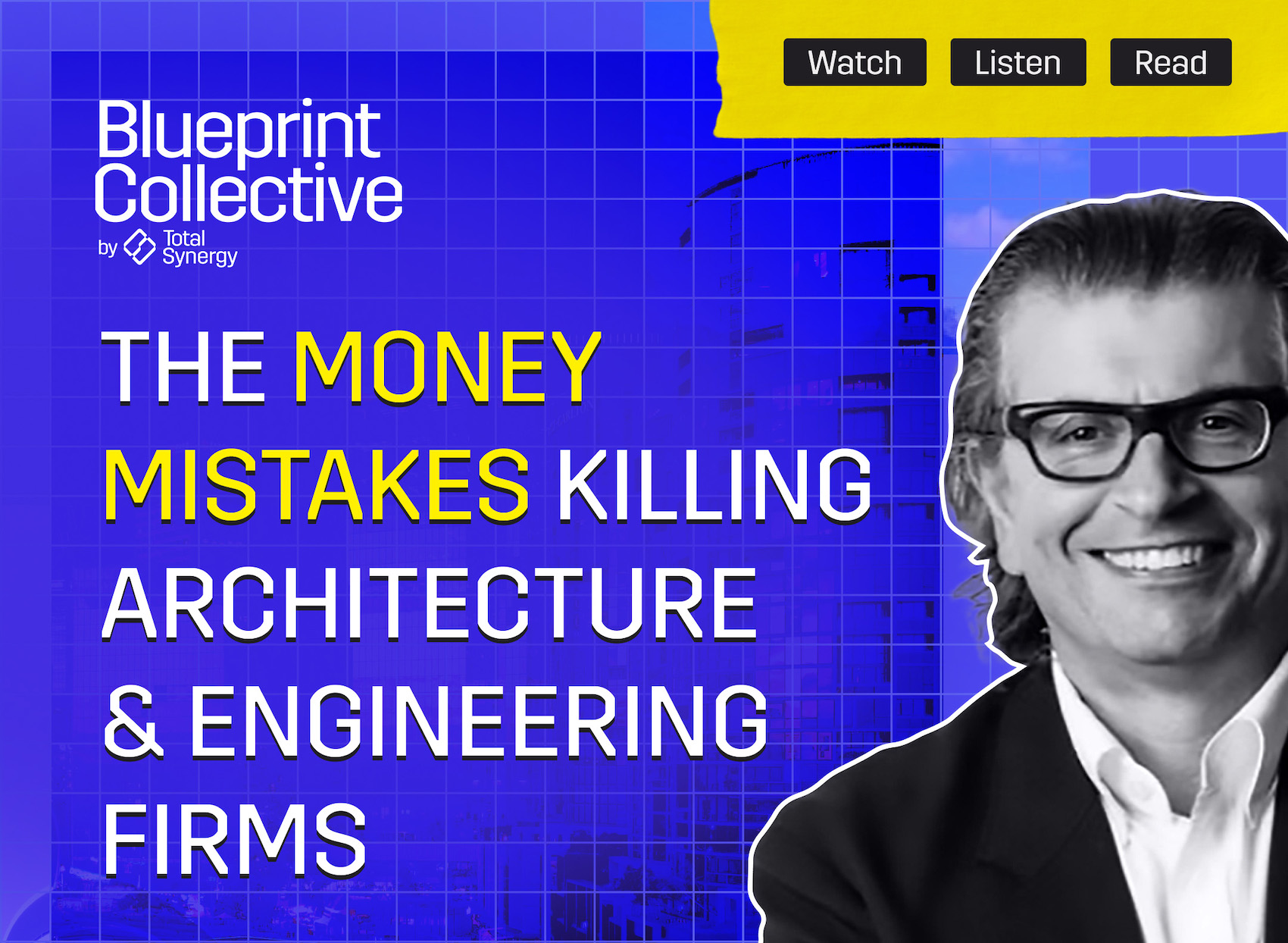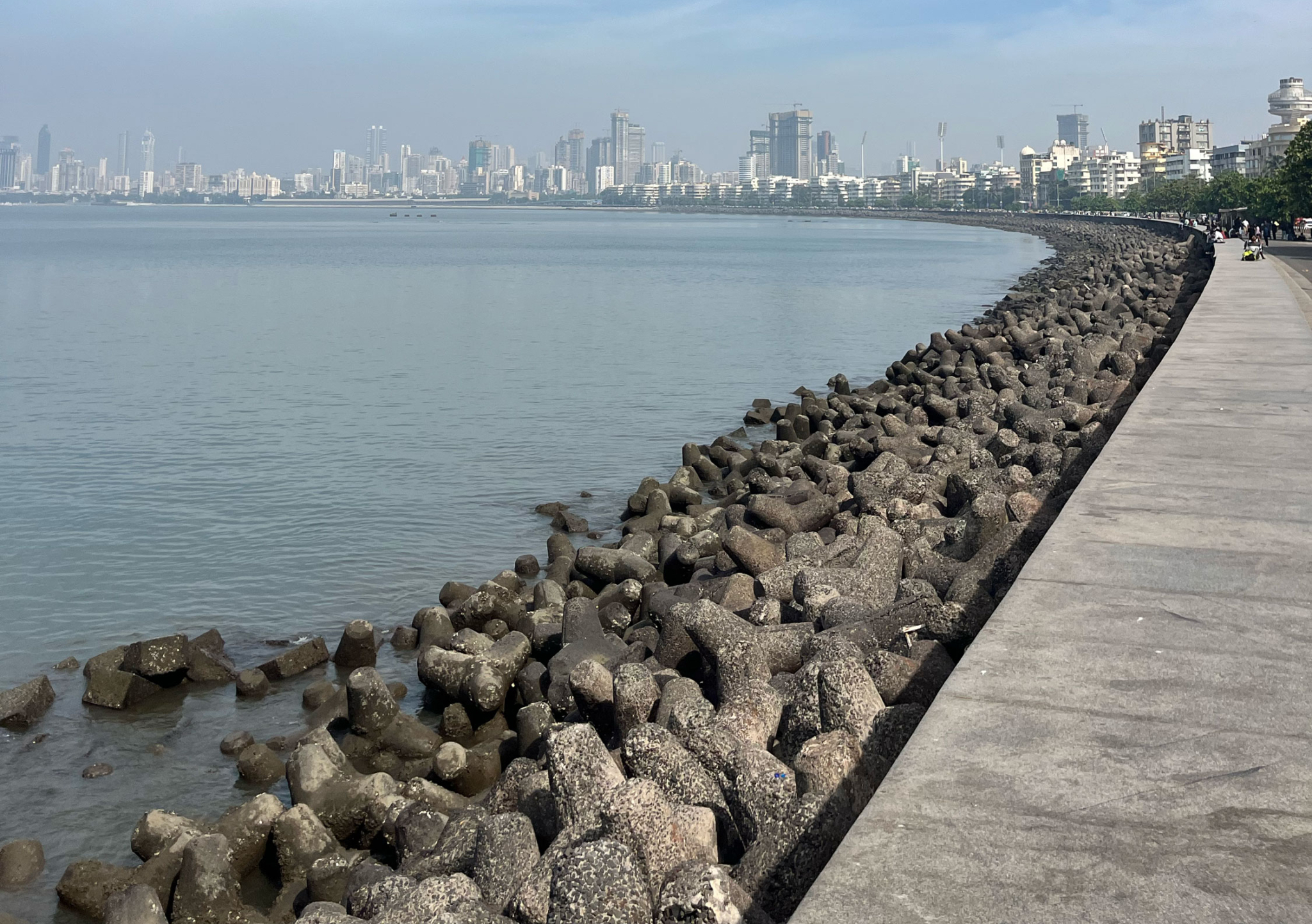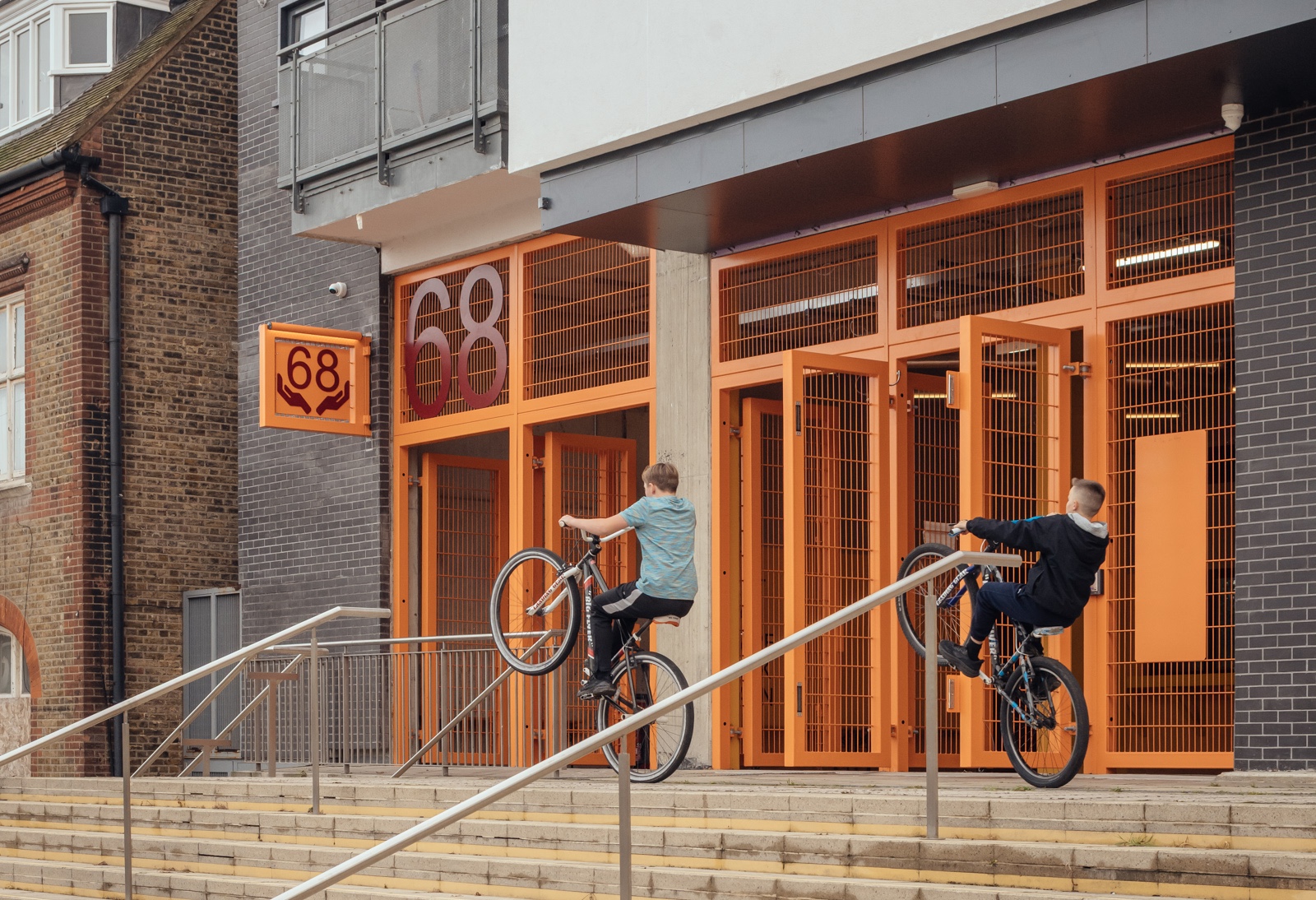Ren DeCherney of Cradle to Cradle Certified® explains how multi-attribute certification can help architects specify materials that are healthy, circular and socially responsible—without compromise.
For architects unfamiliar with the Cradle to Cradle Certified® Products Program, how would you explain its relevance to everyday specification decisions?
Cradle to Cradle Certified® verifies that products are designed for health, circularity, and fairness. 98% of interior designers say that their clients are prioritizing environmentally friendly materials, according to a study by Formica in 2021 – so if you’re a designer who is being asked to find products that are good for people and the planet, Cradle to Cradle Certified® is a great way to find products whose sustainability performance has been verified.
What are some of the most exciting material innovations you’ve seen recently that meet Cradle to Cradle Certified® criteria?
There are so many! What’s really exciting is seeing manufacturers innovate over time – the transition to a circular economy is like flipping a light switch – it takes time and new ways of designing. Because manufacturers have to re-certify every three years and show measurable progress towards our platinum level, it’s exciting to see what they have accomplished in those three years. From creating new business models based on take back and circular systems, to partnering with new suppliers, to incorporating more renewable content in their products, it’s impossible to single just a few out.
What’s the biggest misconception architects have about specifying for circularity or material health? And how should architects approach product selection when trade-offs between carbon, toxicity, durability, and circularity arise?
The biggest misconception is that there has to be a trade-off. Using a multi-attribute certification proves that it is possible to have low carbon, healthy, and circular products that are made by people who are treated fairly. I always encourage designers to keep pushing manufacturers to address all of these issues together, and to specify products from manufacturers who are taking a holistic approach, because it moves our industry towards fully optimised products. If we keep asking and specifying, we don’t have to accept trade-offs! We can do it all!
What role do you see Cradle to Cradle Certified® playing in the transition to regenerative design practices in the built environment?
Cradle to Cradle Certified® is based on the cradle to cradle design philosophy, which is the founding concept of circularity in the built environment. It is centered on circularity because designing for circularity unlocks many benefits, including creating a more resilient and regenerative industry. Designing for circularity is a different way of designing – you need to bring in all stakeholders at the beginning and think about not just the first use of your project, but what happens after that? This encourages designers to think in terms of regeneration, rather than for just one life cycle of a project.
What questions should architects be asking their suppliers to ensure materials align with circular economy goals?
Always ask what the product was designed to do at the end of the first use – is there a take-back program, is it designed to be recycled in available infrastructure, is it compostable, is it repairable. Whatever the pathway is, we want to know what it was designed to do, so that we can incorporate that into the overall design of the project.
What advice would you give to architecture practices who want to align more closely with Cradle to Cradle Certified® thinking in their work?
To keep at it! You don’t have to be perfect all at once, you just need to get started. Start in a large impact part of the project: ceilings, walls, floors, furniture, and specify a product that are designed for health and circularity. The great thing about working with a multi-attribute certification is that it does that part of the work for you – so you can get back to designing, knowing that you’re working with a product that is good for you and good for the planet.



